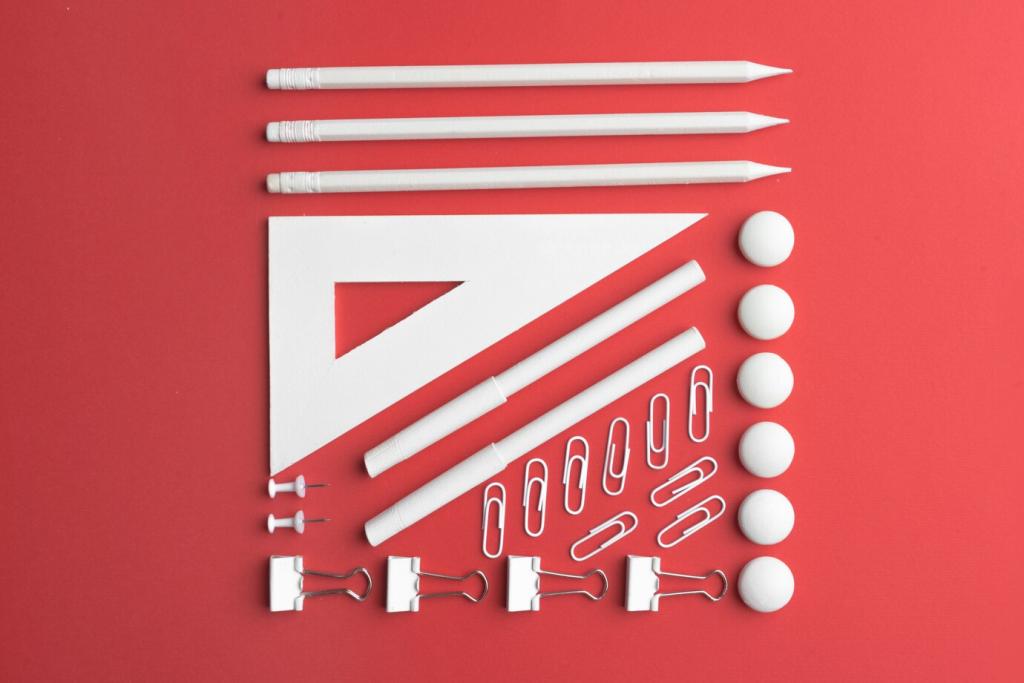
Revolutionizing Gardening with Cutting-Edge Tool Designs
Step into a new era of gardening where innovation and user-centric design redefine how we nurture our green spaces. Today’s gardening tools are no longer simple implements but thoughtfully engineered instruments crafted to amplify productivity, sustainability, and enjoyment in every garden. This page explores how modern advancements in tool technology are reshaping gardening, making it more accessible, rewarding, and environmentally responsible than ever before.
From Tradition to Technology
Traditional gardening tools offered reliability but lacked the finesse and adaptability of modern designs. Innovations such as lightweight alloys, sleek handles, and interchangeable tool heads have replaced heavy, cumbersome implements, transforming the user experience. Modern gardeners benefit from sharper blades, rust-resistant materials, and ergonomic grips that minimize fatigue and maximize functionality. The result is a seamless blend of time-honored principles and contemporary advancements, making gardening accessible to people of all ages and abilities while preserving the spirit of hands-on practice.
Milestones in Material Science
Innovation in material science has played a pivotal role in the reinvention of garden tools. Early adopters of stainless steel, carbon fiber, and high-impact plastics have dramatically improved the durability, efficiency, and longevity of essential implements. Lightweight materials make tools easier to carry, while corrosion-resistant coatings ensure extended lifespans. These breakthroughs not only boost performance but also reduce environmental impact by extending the usability of each tool. As sustainable manufacturing practices continue to influence design, the industry moves closer to zero-waste gardening solutions.
Digital Integration and Next-Gen Instruments
Digital innovation is ushering gardening into an unprecedented era of precision and efficiency. Smart tools equipped with sensors, Bluetooth connectivity, and app-enabled controls allow gardeners to optimize watering schedules, monitor soil health, and automate routine maintenance. These next-generation instruments use data-driven insights to consistently improve garden productivity. This fusion of technology and horticulture empowers users to tailor their approach to the unique conditions of their garden, dramatically enhancing outcomes and enjoyment.
Ergonomics: Supporting Every Gardener
Reducing Physical Strain
Achieving a healthy gardening experience begins with minimizing undue strain on muscles and joints. Ergonomic tools feature contoured handles, cushioned grips, and optimized leverage points, allowing gardeners to perform tasks with less effort and discomfort. These improvements are especially significant for individuals with arthritis or limited strength, enabling them to enjoy gardening without pain. By shifting the physical demands away from vulnerable areas, ergonomic designs extend gardeners’ ability to work productively throughout the season.


Innovative soil sensors are revolutionizing how gardeners monitor and manage moisture levels, pH balance, and nutrient concentrations. These devices provide instant feedback through smartphone apps, enabling users to tailor watering and fertilizing practices with unprecedented precision. No longer do gardeners have to guess when to irrigate or amend their soil—technology now delivers clear, actionable data. This results in healthier plants, improved resource use, and minimized waste, embodying the fusion of horticultural tradition with scientific advancement.
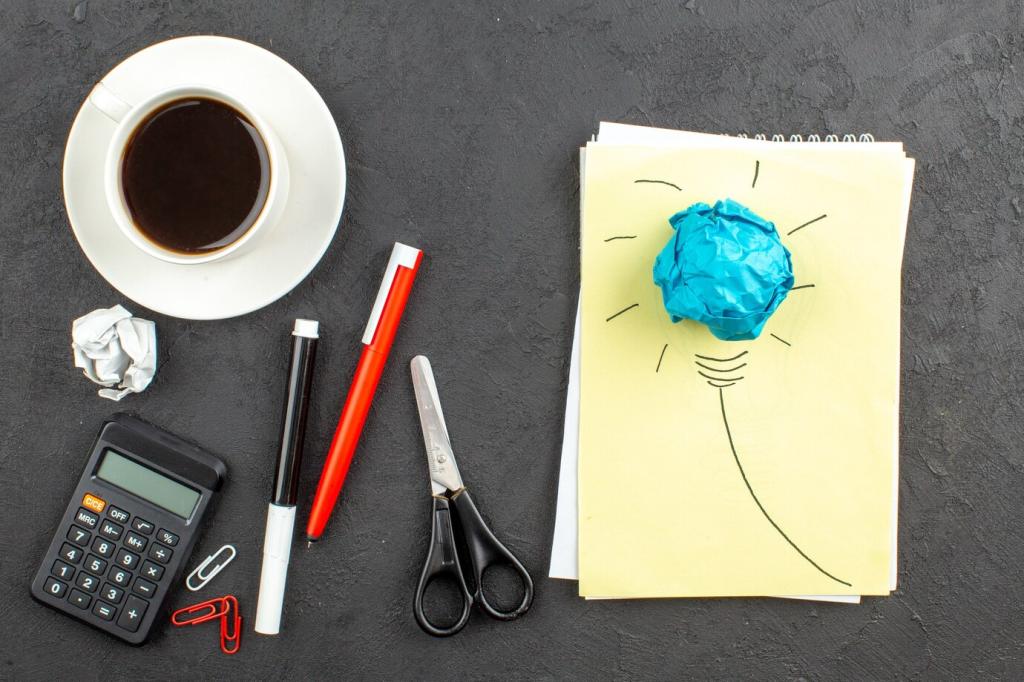
Smart irrigation systems use weather data, soil sensors, and timer controls to deliver just the right amount of water at optimal intervals. These systems can adjust schedules automatically in response to rainfall, temperature changes, or sensor feedback, ensuring plants never suffer from over- or under-watering. The connectivity allows gardeners to monitor and modify irrigation remotely, saving time and resources. The synergy between sensor technology and intuitive interfaces redefines plant care, especially for those with busy lifestyles or large gardens.
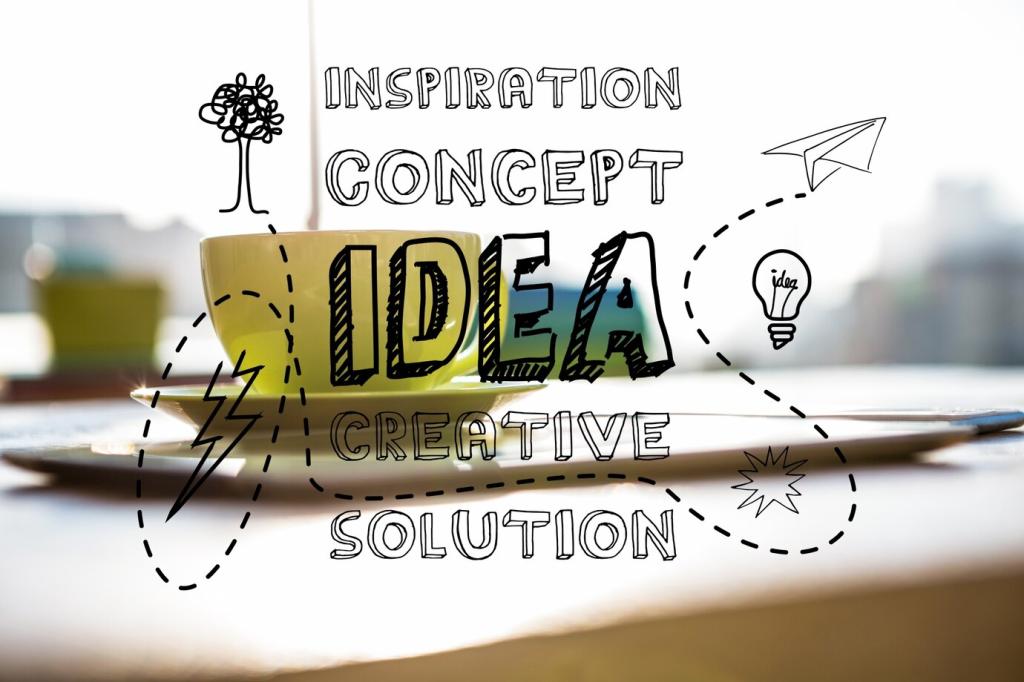
Digital diagnostic tools equipped with micro-cameras and AI-powered analysis can now detect signs of disease, pest infestation, or nutrient deficiency before they become problematic. Users receive timely alerts and recommendations, eliminating the guesswork traditionally associated with plant health management. These advancements allow for targeted intervention, minimizing the need for harmful chemicals while optimizing plant vitality. Early detection translates into more robust gardens and increased sustainability.
Sustainability and Eco-Friendly Innovation
Recycled and Biodegradable Materials
Tool manufacturers are turning to recycled plastics, repurposed metals, and biodegradable composites to minimize their environmental footprint. Using such materials reduces dependence on virgin resources, promotes circular economies, and prevents waste from ending up in landfills. Gardeners can now choose implements that uphold their values, complementing organic practices and sustainable landscaping. By supporting green manufacturing, users help drive industry-wide change toward a greener future.
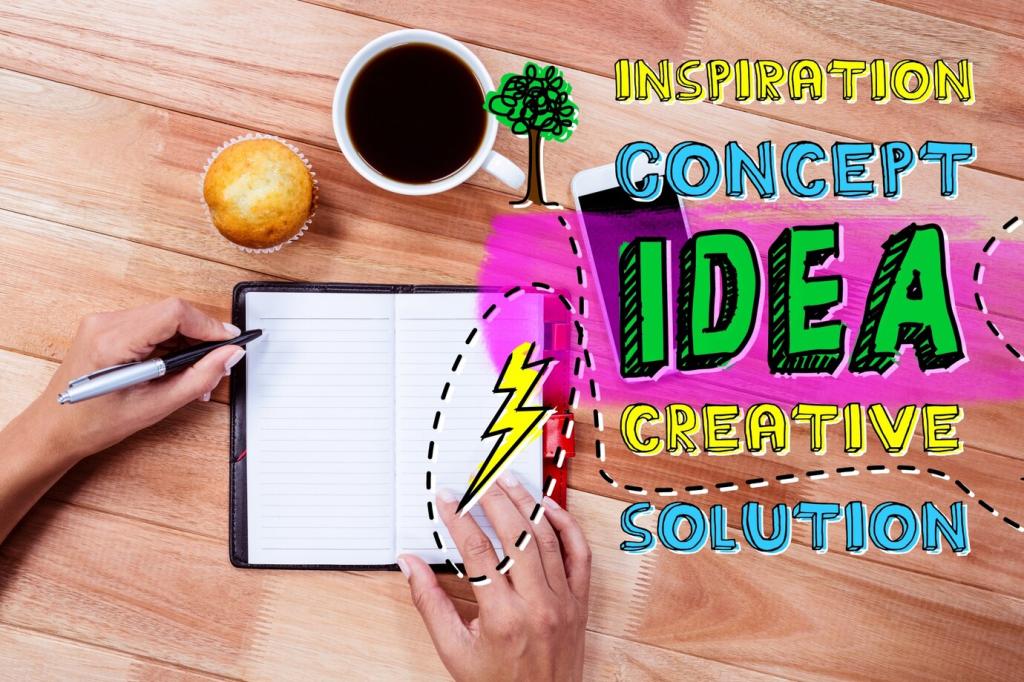
Low-Impact Production Methods
Eco-friendly tool makers are adopting production techniques designed to conserve water, energy, and raw materials. Innovations like modular construction, precision engineering, and minimalistic packaging reduce waste and emissions at every stage. Many companies are also shifting to solar power and closed-loop processes, further lowering their carbon footprint. These practices ensure that from conception to shipping, garden tools contribute to environmental preservation without sacrificing quality or performance.
Precision and Efficiency in Modern Gardening
Modern pruners, shears, and saws feature ultra-sharp blades, adjustable tension systems, and advanced locking mechanisms for safer, cleaner cuts. These features reduce residue crushing and plant stress, encouraging quicker healing and healthier growth. Precision tools help users achieve aesthetic goals and maintain plant vigor, whether shaping ornamental shrubs or removing spent blooms. Consistent performance and rapid results make gardening more rewarding and manageable for all skill levels.
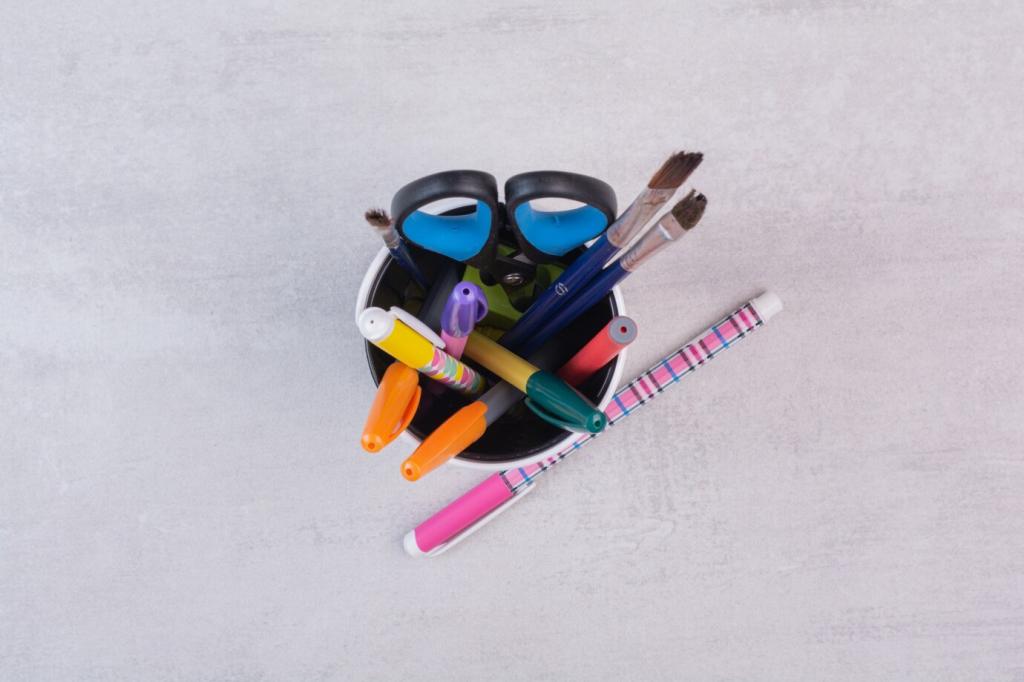
Previous slide
Next slide

Gardeners in urban environments often work with limited storage and growing space. Compact, foldable, and multipurpose tools help maximize efficiency in tight quarters. Packable kits and lightweight designs make carrying tools to rooftop gardens, balconies, or shared plots far easier. These space-saving solutions ensure urban gardeners have everything they need to succeed, turning small spaces into thriving ecosystems.

